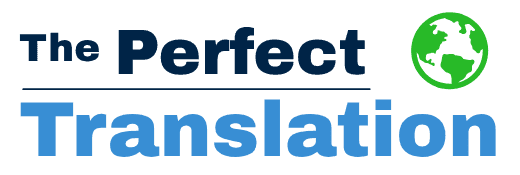Legal translations include converting official documents (e.g., birth and marriage certificates), wills, contracts, business documents, immigration applications, medical transcriptions, and other legal documents from the source language (SL) to the target language (TL). These are the most challenging types of translation due to the legal terminology used, specific formatting requirements, and the critical implications related to the work.
How do back translations ensure quality work?
 A back translation is a commonly used process to evaluate the quality of the conversion. A neutral third party takes the translated document and converts it back to the source language (SL) during this process. It is nearly impossible to achieve a back translation (BT) that is precisely the same as the original, but the similarity between the two illustrates the degree of accuracy.
A back translation is a commonly used process to evaluate the quality of the conversion. A neutral third party takes the translated document and converts it back to the source language (SL) during this process. It is nearly impossible to achieve a back translation (BT) that is precisely the same as the original, but the similarity between the two illustrates the degree of accuracy.
In fact, there are situations where a BT is too similar to the original document, revealing that a literal translation was done and it may not reflect cultural and regional differences. These nuances can be significant to some legal documents to ensure the meaning of terminology is conveyed accurately. A professional translation company specializing in legal documentation will know where the fine line between good similarity and too much similarity lies.
Reconciliation is the next step towards perfecting a translated document. During this phase, the original and back-translated versions are compared, and disparate areas are highlighted. Professional translators review these sections again and refine the it to reflect the original meaning more accurately.
Conducting a back translation is an excellent process for quality control in legal documents. In fact, the process is consistently used for medical translations. Most institutional Review Boards and Ethics committees require back translations and certificates of accuracy for all translated documents related to clinical trials. Pharmaceutical review boards typically require back translations to ensure the accuracy of translated advertising documents and promotional claims.
Typically, the same professional translation company that performed the original translation should complete the back translation and further refinements. By doing so, the company will be able to certify the entire translation process.
When you need accurate legal translations, contact The Perfect Translation.
The most effective way to obtain accurate translations is to hire professionals with experience in the type of work you need to be translated. Our team has experience in contract law, immigration, real estate, medical documentation, academic applications, and more. We combine language proficiency with subject mastery to produce the most accurate translations of your important documents. Contact The Perfect Translation today for a free quote.

Leave a Reply